Home>Interior Design>Bedroom Layout Mistakes: 9 Errors Experts Warn Against


Interior Design
Bedroom Layout Mistakes: 9 Errors Experts Warn Against
Modified: January 18, 2024
Avoid these 9 common interior design mistakes in your bedroom layout. Get expert tips to maximize space and create a functional and stylish room.
(Many of the links in this article redirect to a specific reviewed product. Your purchase of these products through affiliate links helps to generate commission for Storables.com, at no extra cost. Learn more)
Bedroom Layout Mistakes: 9 Errors Experts Warn Against
Creating a well-designed and functional bedroom is essential for a good night’s sleep and overall well-being. However, there are common mistakes that homeowners make when it comes to bedroom layout. To help you avoid these pitfalls, we’ve gathered insights from industry experts. Here are nine bedroom layout errors that experts caution against:
Key Takeaways:
- Create a serene and restful bedroom by avoiding common layout mistakes such as poor lighting, clutter, and improper TV placement. Prioritize comfort, privacy, and personal style for a harmonious sleeping environment.
- Transform your bedroom into a personalized sanctuary that promotes relaxation and rejuvenation. Consider ergonomic furniture, thoughtful storage solutions, and a balanced layout to create a space that reflects your unique style and supports restful sleep.
Placing the bed against a wall with no headboard
One common mistake is placing the bed directly against a wall without a headboard. Not only does this lack visual appeal, but it also lacks necessary support for your back and neck. Experts recommend adding a headboard, whether it’s a decorative one or a functional one with built-in storage. Another solution is to reposition the bed away from the wall, allowing proper access and visual balance.
Poor lighting choices
Inadequate lighting can impact your ability to perform various activities in the bedroom, such as reading or getting dressed. Avoid relying on a single overhead light and consider incorporating different types of lighting. This can include ambient lighting for overall illumination, task lighting for specific activities, and accent lighting for added visual interest.
Neglecting ergonomic considerations
Choosing uncomfortable furniture or a mattress that doesn’t provide proper support can lead to sleep problems and body aches. Ergonomics is crucial for a good night’s sleep. Invest in a mattress that suits your sleeping style and provides optimal support for your body. Additionally, select furniture that promotes good posture and comfort.
Overcrowding the space
One of the most common mistakes homeowners make is filling the bedroom with too much furniture and unnecessary clutter. This can create a cramped and chaotic atmosphere, hindering relaxation. To avoid this, declutter your bedroom and only keep essential furniture pieces. Create a sense of spaciousness by using multi-functional furniture and clever storage solutions.
Inadequate storage options
Lack of proper storage can lead to a cluttered and disorganized bedroom. Consider incorporating storage solutions that maximize space, such as under-bed storage, built-in wardrobes, or floating shelves. Utilizing vertical space and investing in storage containers can help keep your bedroom neat and tidy.
Ignoring the importance of a nightstand
A nightstand is more than just a decorative piece; it serves a functional purpose. Neglecting a nightstand can mean losing out on convenience, storage, and a designated spot for essentials such as a lamp or alarm clock. Choose a nightstand that complements your bedroom’s style and provides ample storage space for your nighttime necessities.
Improper placement of the bedroom TV
Having a television in the bedroom can disrupt your sleep patterns and hinder relaxation. Experts recommend avoiding placing the TV opposite the bed. Instead, consider mounting it on the wall or placing it in an armoire that can be closed when not in use. This helps create a more serene environment conducive to quality sleep.
Disregarding privacy and noise control
Lack of privacy and noise disturbances can significantly impact your sleep quality. Consider incorporating window treatments such as blackout curtains or blinds to block out unwanted light and provide privacy. Additionally, adding rugs, upholstered furniture, and soundproofing materials can help minimize noise from outside sources.
Neglecting personal style and comfort
Ultimately, your bedroom should reflect your personal style and provide a comfortable retreat. Make sure to incorporate elements that make you feel relaxed and at ease. Experiment with colors, textures, and decor that align with your personal taste, while still maintaining a functional layout.
By avoiding these common bedroom layout mistakes, you can create a harmonious and restful space that promotes better sleep and overall well-being.
Introduction: Importance of Bedroom Layout – How it Can Affect Your Sleep and Overall Well-being
Creating a well-designed and functional bedroom goes beyond aesthetics. The layout of your bedroom can have a significant impact on your quality of sleep and overall well-being. From furniture arrangement to lighting choices, each element plays a crucial role in creating a peaceful and restful space for you to unwind and recharge.
When it comes to sleep, it’s not just about the number of hours you get. The quality of your sleep is equally important. A well-planned bedroom layout can contribute to a more restorative night’s sleep, ensuring that you wake up feeling refreshed and rejuvenated each morning.
One of the key factors in bedroom layout is the placement of your bed. Placing the bed against a wall with no headboard, for example, not only lacks support for your back and neck but also lacks visual appeal. By adding a headboard or repositioning the bed away from the wall, you can create a more inviting and comfortable sleeping space.
Lighting choices also play a crucial role in bedroom layout. Poor lighting can make it difficult to carry out different activities in the bedroom, such as reading or getting dressed. Insufficient lighting can strain your eyes and make it challenging to wind down and relax. By incorporating various types of lighting, such as ambient, task, and accent lighting, you can create a well-lit and versatile space that caters to your different needs.
Ergonomics is another critical consideration in bedroom layout. Choosing the right furniture and mattress that provide proper support and alignment for your body is essential for a good night’s sleep. Neglecting ergonomic considerations can lead to discomfort, back pain, and restless sleep. By investing in a mattress and furniture that prioritize ergonomics, you can create a sleep environment that promotes optimal comfort and relaxation.
Furthermore, the layout of your bedroom can also affect your mental and emotional well-being. A cluttered and overcrowded space can contribute to feelings of stress and anxiety. By decluttering and organizing your bedroom, you create a sense of calm and tranquility, allowing you to unwind and relax more effectively.
Privacy and noise control are additional factors to consider in bedroom layout. Lack of privacy can make it challenging to feel at ease in your own space, while excessive noise can disrupt your sleep and leave you feeling tired and irritable. By incorporating appropriate window treatments and soundproofing materials, you can create a sanctuary that fosters privacy and tranquility.
Finally, don’t forget to infuse your personal style into your bedroom layout. Your bedroom should be a reflection of your personality and preferences. By incorporating elements that resonate with you, such as colors, textures, and decor, you create a space that feels uniquely yours, further enhancing the sense of comfort and well-being.
With all these considerations in mind, it is clear that bedroom layout is a crucial aspect of creating a space that promotes a good night’s sleep and overall well-being. By avoiding common layout mistakes and implementing a thoughtful and personalized approach, you can transform your bedroom into a sanctuary that supports your physical and mental health.
When arranging your bedroom, avoid placing the bed directly in line with the door to create a more peaceful and harmonious space.
Placing the Bed Against a Wall with No Headboard
One of the most common bedroom layout mistakes is placing the bed directly against a wall without a headboard. This not only lacks support for your back and neck but also lacks visual appeal in the room. It can make the bed feel less inviting and create an unbalanced aesthetic. However, there are solutions to rectify this issue and improve the functionality and design of your bedroom.
The first solution is to add a headboard to your bed. A headboard not only provides support while sitting up in bed but also serves as a focal point and adds visual interest to the room. There are various headboard options available to suit different styles and preferences. From upholstered headboards for a cozy and luxurious look to wooden or metal headboards for a more rustic or contemporary vibe, you can find the perfect headboard that complements your overall bedroom aesthetic.
If adding a headboard is not feasible, another solution is to reposition the bed away from the wall. By moving the bed towards the center of the room or away from the wall, you create space around the bed, allowing for easier access and a more balanced visual layout. This arrangement can create a more open and welcoming atmosphere in the bedroom.
When repositioning the bed, consider the location of windows, doors, and other furniture pieces. You want to ensure that the new placement maintains a good flow and allows for adequate movement within the room. Additionally, be mindful of the natural light and views that the new bed placement offers. Positioning the bed near a window can provide a lovely view and create a tranquil atmosphere.
Overall, the placement of the bed in your bedroom has a significant impact on its functionality and overall aesthetic. Avoid the mistake of placing the bed against a wall with no headboard. Instead, consider adding a headboard or repositioning the bed to create a more supportive, visually appealing, and inviting sleeping space. By making these adjustments, you can transform your bed into a beautiful focal point while promoting a restful night’s sleep.
Poor Lighting Choices
Lighting is a crucial aspect of bedroom design, yet it is often overlooked when it comes to layout decisions. Poor lighting choices can lead to insufficient illumination for various activities and negatively impact the overall atmosphere of the room. However, by considering different types of lighting, you can create a well-lit and versatile space that caters to your needs.
One common mistake is relying on a single overhead light source for the entire room. While overhead lighting provides general illumination, it may not be sufficient for specific tasks or create the desired ambiance. To address this issue, it is important to incorporate three types of lighting in your bedroom: ambient lighting, task lighting, and accent lighting.
Ambient lighting provides the overall illumination in the room. It serves as the foundation for the lighting scheme. Ceiling-mounted fixtures, such as flush mounts or chandeliers, can provide a soft and even glow, creating a welcoming atmosphere. Alternatively, recessed lighting or track lighting can be used to distribute light evenly throughout the space.
Task lighting focuses on specific activities such as reading, getting dressed, or applying makeup. Bedside table lamps, adjustable reading lights, or wall-mounted sconces are excellent choices for providing focused lighting. Placing task lighting in strategic locations, such as beside the bed or near a vanity, ensures that you have adequate illumination for your activities without overwhelming the entire room.
Accent lighting adds visual interest and enhances the mood of the room. It can be achieved through the use of wall-mounted uplights, recessed lights, or even string lights. Accent lighting can highlight architectural features, artwork, or decorative elements, transforming your bedroom into a cozy and inviting space.
Consider using dimmers for your bedroom lighting to have control over the intensity and create different atmospheres. This allows you to adjust the lighting according to your mood or specific needs at different times of the day. Dimming the lights in the evening can help signal to your body that it’s time to wind down and prepare for sleep, while brightening the lights in the morning can help you feel more energized and awake.
When planning your bedroom lighting layout, it’s important to consider the placement of light sources and how they interact with other elements in the room. Pay attention to how shadows are cast and ensure that there are no glaring or harsh light sources directly in your line of sight.
By incorporating a combination of ambient, task, and accent lighting, you can create a well-balanced and functional lighting scheme for your bedroom. This will ensure that you have sufficient illumination for various activities while creating the desired ambiance for relaxation and restful sleep.
Neglecting Ergonomic Considerations
When it comes to bedroom layout, one critical aspect that is often neglected is ergonomic considerations. Neglecting proper ergonomics can lead to choosing uncomfortable furniture or a mattress that doesn’t provide adequate support, resulting in restless nights and discomfort. Understanding the importance of ergonomics is crucial for creating a bedroom that promotes a good night’s sleep and overall well-being.
Choosing the right furniture and mattress is essential for proper ergonomics in the bedroom. When it comes to the bed, opt for a mattress that suits your sleeping style and provides optimal support for your body. Different individuals may have different preferences, whether it’s a firmer or softer mattress. It’s essential to find a balance that offers the right amount of support for your spine, ensuring proper alignment and minimizing pressure points.
Similarly, select furniture that promotes good posture and comfort. The bedside tables, chairs, and other seating in the bedroom should be ergonomically designed to support your body, allowing for proper alignment of the spine and reducing strain on your shoulders, neck, and back. Avoid furniture that is too low or too high, as it can cause discomfort or create awkward positions for your body.
Proper ergonomics in the bedroom is vital because it directly impacts your sleep quality and overall well-being. When you sleep on a mattress that doesn’t provide adequate support, it can lead to back pain, muscle strain, and even sleep disorders. Poorly designed furniture can also contribute to discomfort and make it difficult to relax and unwind in your bedroom.
By investing in a mattress and furniture that prioritize ergonomics, you create an environment that enhances your sleep experience and supports your body’s natural alignment. A well-supported body during sleep allows for better relaxation, improved blood circulation, and a reduction in aches and pains. This, in turn, leads to more restful and restorative sleep, promoting overall physical and mental health.
When selecting a mattress or furniture, take the time to test them out and ensure they meet your comfort and support needs. Consider factors such as the materials used, the level of firmness or softness, and any additional features that can enhance comfort, such as adjustable bases or lumbar support.
Incorporating ergonomic considerations in your bedroom layout is an investment in your well-being. By choosing comfortable and supportive furniture and mattresses, you create a sleep environment that optimizes your sleep quality, promotes posture, and reduces discomfort. Prioritizing proper ergonomics will contribute to a more restful and rejuvenating sleep experience, allowing you to wake up refreshed and ready to take on the day.
Overcrowding the Space
One common bedroom layout mistake is overcrowding the space by filling it with unnecessary furniture and clutter. A cluttered bedroom can feel chaotic, overwhelming, and hinder relaxation. To create a serene and spacious environment, it’s important to declutter and make thoughtful choices about the furniture and items in your bedroom.
First, assess the furniture pieces in your bedroom and determine if they are truly necessary. Remove any furniture that serves no practical purpose or does not contribute to the overall functionality and design of the room. Keep only the essential pieces such as the bed, nightstands, and a wardrobe or dresser for clothing storage.
Once you have decided on the essential furniture, consider the layout and placement of each piece. Opt for space-saving solutions such as wall-mounted shelves or slim storage options that take up minimal floor space. This will help create a more open and spacious feel in the room.
Next, take a critical look at the items and clutter in your bedroom. Clear out any unnecessary objects that do not belong in the space. Remove items that don’t have a designated place, are broken or unused, or create visual clutter. Find creative storage solutions for items that you do need to keep in the bedroom, such as using baskets, bins, or decorative boxes to organize and hide away smaller items.
Consider implementing a system for organizing your belongings. This could involve categorizing items and assigning designated spaces for each category. For example, create separate areas for clothing, accessories, books, or personal mementos. This will make it easier to find and access items when needed and ensure that everything has a proper place, reducing visual clutter.
Another useful tip for decluttering is to regularly review and reassess the items in your bedroom. As seasons change or your tastes evolve, take the time to purge and donate any items that are no longer needed or bring you joy. This prevents unnecessary accumulation of belongings and keeps your bedroom fresh and organized.
Lastly, be mindful of the visual impact of your chosen decor and accessories. Opt for a few carefully selected pieces that complement your bedroom’s aesthetic and create a sense of harmony. Avoid overcrowding surfaces with too many decorative items. Instead, select a few well-placed pieces that make a statement and enhance the overall ambiance of the room.
By decluttering and creating a spacious environment in your bedroom, you create a calming and restorative space. A clutter-free room promotes relaxation, reduces stress, and improves overall well-being. Embrace the idea of “less is more” and focus on creating a serene sanctuary that allows you to rest and recharge.
Inadequate Storage Options
Insufficient storage space in the bedroom can lead to a cluttered and disorganized environment. Without proper storage options, it becomes challenging to keep belongings neatly organized and create a peaceful atmosphere. To maximize bedroom storage and create a functional space, consider implementing creative storage ideas.
One of the first steps in maximizing storage is to assess your current storage needs. Take inventory of your belongings and identify the types of items that need storage. This will help you determine the specific storage solutions that will work best for your situation.
Utilizing vertical space is an effective way to maximize storage. Install wall-mounted shelves or bookcases to take advantage of unused wall space. This not only provides additional storage for books or decorative items but also frees up floor space. Floating shelves are another great option for displaying personal mementos or small decor pieces without taking up valuable floor space.
Consider incorporating storage options that have dual functions. For example, choose a bed frame with built-in storage drawers underneath. This provides additional hidden storage for extra bedding, pillows, or seasonal clothing. Ottoman or storage benches are also versatile pieces that can serve as seating and provide storage for blankets or other items.
Make use of the space under your bed by investing in storage containers or bins specifically designed for this purpose. This allows you to store items such as out-of-season clothing, shoes, or linens in a convenient and organized manner.
Instead of traditional bedside tables, opt for nightstands with drawers or shelves to keep essential items within reach but out of sight. This helps reduce clutter on the bedside surfaces and provides storage for items like books, reading glasses, or electronics.
Maximize your closet space by using organizational tools such as hanging shelves, shoe racks, or closet dividers. This will help you optimize the available space and keep clothing and accessories neatly organized. Consider utilizing the back of your closet door or walls for additional storage options, such as hooks or hanging organizers.
Utilize baskets, bins, or decorative boxes to corral smaller items and keep them organized. Label them for easy identification and create a cohesive look in your storage areas. This way, you can quickly find and access items when needed without rummaging through cluttered drawers or shelves.
When considering storage solutions, prioritize functionality and easy access. Opt for storage options that make it simple to retrieve and put away items. This will encourage you to maintain an organized and clutter-free space.
Incorporating creative storage ideas allows you to maximize the available space in your bedroom. By addressing inadequate storage options, you create a more organized and serene environment. A well-organized space not only promotes a peaceful atmosphere but also saves you time and frustration when searching for belongings. Take advantage of vertical space, explore dual-purpose furniture, and utilize under-bed and closet storage. With these creative storage solutions, you can transform your bedroom into a clutter-free and functional haven.
Ignoring the Importance of a Nightstand
When it comes to bedroom layout, one often overlooked element is the nightstand. Ignoring the importance of a nightstand can lead to a lack of convenience and storage near the bed. However, having a nightstand serves multiple practical and aesthetic purposes that can greatly enhance your bedroom experience.
One of the primary benefits of having a nightstand is its convenience. It provides a convenient surface within arm’s reach of your bed, allowing you to place essentials such as a lamp, alarm clock, or a glass of water. This eliminates the need to get out of bed to access these items, making your nighttime routine more efficient and comfortable.
Moreover, a nightstand provides storage space for items you want to keep near your bed. It can include books, reading glasses, remotes, or even a small drawer for storing personal belongings, such as medications or journals. Having these items readily available and organized can contribute to a peaceful and stress-free bedtime routine.
Beyond its practical benefits, a nightstand can enhance the overall aesthetic of your bedroom. It serves as a decorative piece that adds visual interest and complements the design theme of the room. Whether you prefer a sleek and modern design or a more traditional and ornate style, there are countless nightstand options available to suit your personal taste.
When selecting a nightstand, consider the size and height relative to your bed. Ideally, the nightstand should be about the same height as your mattress or slightly lower to ensure easy access to items. Additionally, be mindful of the available space in your bedroom and choose a nightstand that fits proportionately without overwhelming the room.
Take into account the storage needs you have for your bedside essentials. Some nightstands come with built-in drawers or shelves, providing additional storage options. This can be especially valuable if you have limited closet space or prefer to keep certain items close at hand during the night.
Consider the material and finish of the nightstand as well. The choice of material, such as wood, metal, or a combination, can contribute to the overall style and ambiance of your bedroom. Pairing the nightstand with your existing furniture and decor can create a cohesive and harmonious aesthetic.
Lastly, remember that having a nightstand on both sides of the bed is ideal for shared bedrooms. This ensures that both occupants have equal convenience and storage near their respective sides without compromising on style or functionality.
In summary, don’t underestimate the importance of a nightstand in your bedroom layout. It offers convenience, storage, and aesthetic value. By selecting the right nightstand that suits your needs and complements your bedroom design, you can create a functional and visually pleasing space. So, embrace the benefits of a nightstand, and enjoy the convenience and style it brings to your bedroom.
Improper Placement of the Bedroom TV
The placement of a television in the bedroom is a crucial factor often overlooked in bedroom layout. Improper placement of the bedroom TV can have a negative impact on sleep quality and relaxation. It is important to consider alternatives that promote a restful atmosphere in the bedroom.
Having a TV in the bedroom can disrupt your sleep patterns and hinder relaxation. The stimulating effects of television can make it challenging to unwind and fall asleep. Additionally, the blue light emitted by the screen interferes with the production of melatonin, a hormone that regulates sleep. As a result, the presence of a TV in the bedroom can lead to difficulties falling asleep and achieving restorative sleep.
One alternative to placing the TV in the bedroom is to remove it from the space altogether. Consider moving it to a different room, such as the living room or a dedicated entertainment area. This eliminates the temptation to engage in late-night television-watching and establishes the bedroom as a sanctuary solely for rest and relaxation.
If you prefer to have a TV in your bedroom, it’s crucial to carefully consider its placement. Avoid placing the TV directly opposite the bed or in a position where it becomes the focal point of the room. This can lead to an imbalance in the bedroom’s overall design and disrupt the intended purpose of the space.
A common placement solution is to mount the TV on a wall. By mounting it at a height that is slightly above eye level when seated in bed, you create a more comfortable viewing position that minimizes strain on the neck and allows for better relaxation. Additionally, choosing a swivel mount allows you to adjust the viewing angle and position the TV away from direct sight when not in use.
Another alternative is to use an armoire or cabinet to house the TV. This allows you to conceal the TV when it’s not being used, helping to create a more serene and clutter-free bedroom environment. When closed, the armoire or cabinet blends seamlessly with the rest of the room’s decor, ensuring that the focus remains on relaxation and sleep.
Instead of relying solely on the TV for entertainment and relaxation, consider other activities that can promote restfulness in the bedroom. Designate a cozy reading nook with a comfortable chair or a comfy seating area where you can unwind with a book or listen to calming music. This creates a more serene atmosphere and encourages relaxation without the stimulating effects of a TV.
Ultimately, the goal of the bedroom is to provide a space for rest and rejuvenation. Placement of the TV in the bedroom should be carefully considered to avoid negative impacts on sleep quality and relaxation. Whether you choose to remove the TV from the bedroom or adjust its placement using a wall mount or encasing it in an armoire, creating a serene atmosphere is key to promoting restful sleep and relaxation.
Disregarding Privacy and Noise Control
When it comes to bedroom layout, privacy and noise control are essential factors that are sometimes overlooked. Disregarding the importance of privacy and noise control can result in a lack of personal space and disturbances that affect sleep quality. By incorporating solutions to enhance privacy and minimize noise, you can create a more peaceful and restful environment in your bedroom.
Lack of privacy in the bedroom can make it difficult to feel at ease and relax in your own space. One way to enhance privacy is by using window treatments such as curtains, blinds, or shades. These not only provide privacy by blocking the view from outside but also help in controlling the amount of natural light that enters the room. Opt for light-blocking or blackout curtains if you’re sensitive to light or live in a busy area with a lot of outside noise.
Another privacy solution is to use decorative screens or room dividers to create separate zones within the bedroom. This can be especially useful if you have a shared bedroom or open-concept space. By dividing the room, you create a sense of personal space and privacy without compromising on the overall layout and design of the bedroom.
Noise disturbances can significantly impact sleep quality and overall well-being. To minimize noise, start by assessing the source of the disturbance. If external noise is a problem, consider using soundproofing methods such as using heavy curtains, adding weatherstripping to windows and doors, or insulating the walls for better sound absorption.
Another effective solution is to use white noise machines or fans. These devices produce a constant and soothing sound that helps drown out any outside noise and create a more serene sleeping environment. For those who prefer a more natural approach, playing soft and calming music or nature sounds can also mask unwanted noises and promote relaxation.
Addressing internal noise within the bedroom is also important. Avoid placing noisy electronics near the bed, as the sounds they emit can disturb sleep. If you find that your partner’s movements or snoring are causing disruptions, considering separate sleeping arrangements, such as using earplugs or utilizing a white noise machine to mask the noise.
Lastly, it’s essential to address any noise issues related to the bedroom’s construction or layout. Ensure that doors and windows are properly sealed to minimize sound penetration. Consider using rugs or carpets to absorb sound vibrations and reduce echoing in the room. These simple adjustments can make a significant difference in creating a quieter and more tranquil sleep environment.
By prioritizing privacy and actively minimizing noise distractions, you can create a bedroom that promotes restful sleep and relaxation. Whether it’s incorporating window treatments, using room dividers, or implementing soundproofing measures, these solutions can help you create a peaceful and serene sanctuary that allows you to unwind and rejuvenate.
Neglecting Personal Style and Comfort
When designing a bedroom layout, it’s important not to neglect personal style and comfort. Neglecting these aspects can result in a bedroom that doesn’t align with your preferences and fails to provide the level of comfort you desire. By incorporating personal style while maintaining functionality, you can create a bedroom that truly reflects your personality and promotes a relaxing and rejuvenating atmosphere.
One common mistake is disregarding personal preferences when choosing colors and decor for the bedroom. It’s crucial to select colors and patterns that resonate with you and create a sense of calm and harmony. Consider your favorite colors or calming hues that promote relaxation, such as soft neutrals or cool blues. Incorporate these colors into your bedroom through bedding, curtains, or accent pieces.
Your bedroom should be a reflection of your personal style and taste. Consider the overall theme or mood you wish to achieve. Whether you prefer a minimalist, modern, bohemian, or traditional aesthetic, ensure that the furniture, decor, and accessories you choose align with your desired style. Personalize the space with meaningful wall art, photographs, or other sentimental items that bring you joy and create a sense of well-being.
Comfort should also be a top consideration in bedroom layout. Neglecting comfort can lead to restless nights and dissatisfaction. Start by investing in a mattress that suits your personal sleep preferences. Determine your desired level of firmness or support and try out different options before making a decision. Consider factors such as material composition, air circulation, and pressure point relief.
In addition to the mattress, focus on selecting comfortable bedding and pillows that suit your sleep preferences. Experiment with different textures, fabrics, and thread counts to find the ones that feel the most comfortable against your skin. Layer the bed with cozy blankets or duvets to create a welcoming and snug environment.
The layout of your furniture should also prioritize comfort and functionality. Arrange the furniture in a way that allows for easy movement and accessibility. Ensure that your bedside table is within reach and that there’s enough space for your night-time essentials. Consider the placement of lighting to provide ample illumination for reading or other activities.
Remember to incorporate elements that enhance your personal comfort and well-being. If you enjoy reading before bed, create a dedicated reading nook with a comfortable chair and proper lighting. If you need a designated workspace within the bedroom, incorporate a desk and ergonomic seating option.
Strike a balance between personal style and functionality. Ensure that the layout and design choices you make contribute to a clutter-free and organized bedroom. Utilize storage solutions that align with your personal style, such as decorative baskets, floating shelves, or built-in wardrobes. This allows you to maintain a visually appealing and functional space that reflects your personal style while keeping the bedroom tidy and free from unnecessary clutter.
By incorporating personal style and comfort into your bedroom layout, you create a space that truly feels like your sanctuary. Consider your personal preferences when choosing colors, furniture, and decor, as well as investing in comfortable bedding and ensuring an ergonomic layout. This way, you’ll be able to enjoy a bedroom that not only reflects your unique style but also promotes relaxation, rejuvenation, and a good night’s sleep.
Conclusion: Importance of Avoiding These Bedroom Layout Mistakes – Creating a Harmonious and Restful Sleeping Environment
When it comes to bedroom layout, avoiding common mistakes and considering important factors can make a significant difference in creating a harmonious and restful sleeping environment. By paying attention to details such as the placement of the bed, lighting choices, ergonomic considerations, clutter management, privacy and noise control, and personal style and comfort, you can transform your bedroom into a sanctuary that promotes a good night’s sleep and overall well-being.
Placing the bed against a wall with no headboard may result in a lack of support and visual appeal. By adding a headboard or repositioning the bed, you can create a more inviting and visually balanced space. Poor lighting choices can hinder various activities and impact relaxation. By incorporating different types of lighting such as ambient, task, and accent lighting, you can create a well-lit and versatile bedroom that caters to your needs.
Ignoring ergonomic considerations can lead to uncomfortable furniture and mattresses that disrupt sleep quality. Opting for supportive mattresses and ergonomically-designed furniture can promote proper alignment and enhance restfulness. Overcrowding the bedroom with unnecessary furniture and clutter can create a chaotic atmosphere. By decluttering and using creative storage solutions, you can maximize space and create a spacious environment.
Improper placement of the bedroom TV can have a negative impact on sleep quality and relaxation. Alternatives such as removing the TV from the bedroom or carefully considering its placement can create a more serene atmosphere. Disregarding privacy and noise control can make it challenging to feel at ease and relax. Incorporating solutions such as window treatments, soundproofing, and strategically placing furniture can enhance privacy and minimize noise disturbances.
Lastly, neglecting personal style and comfort can result in a bedroom that doesn’t align with your preferences and fails to provide the level of comfort you desire. By incorporating personal style while maintaining functionality, you can create a space that reflects your personality while promoting relaxation. Considering personal preferences when choosing colors, decor, furniture, and bedding, and ensuring a comfortable layout supports rejuvenating sleep.
In conclusion, by avoiding these common bedroom layout mistakes and taking into account the essential elements discussed, you can create a harmonious and restful sleeping environment. Your bedroom should be a sanctuary that promotes relaxation, comfort, and rejuvenation. By incorporating thoughtful design choices, you can transform your bedroom into a space where you can unwind, recharge, and enjoy a peaceful night’s sleep. So, pay attention to these key considerations and take the time to create your ideal bedroom haven.
Frequently Asked Questions about Bedroom Layout Mistakes: 9 Errors Experts Warn Against
Was this page helpful?
At Storables.com, we guarantee accurate and reliable information. Our content, validated by Expert Board Contributors, is crafted following stringent Editorial Policies. We're committed to providing you with well-researched, expert-backed insights for all your informational needs.
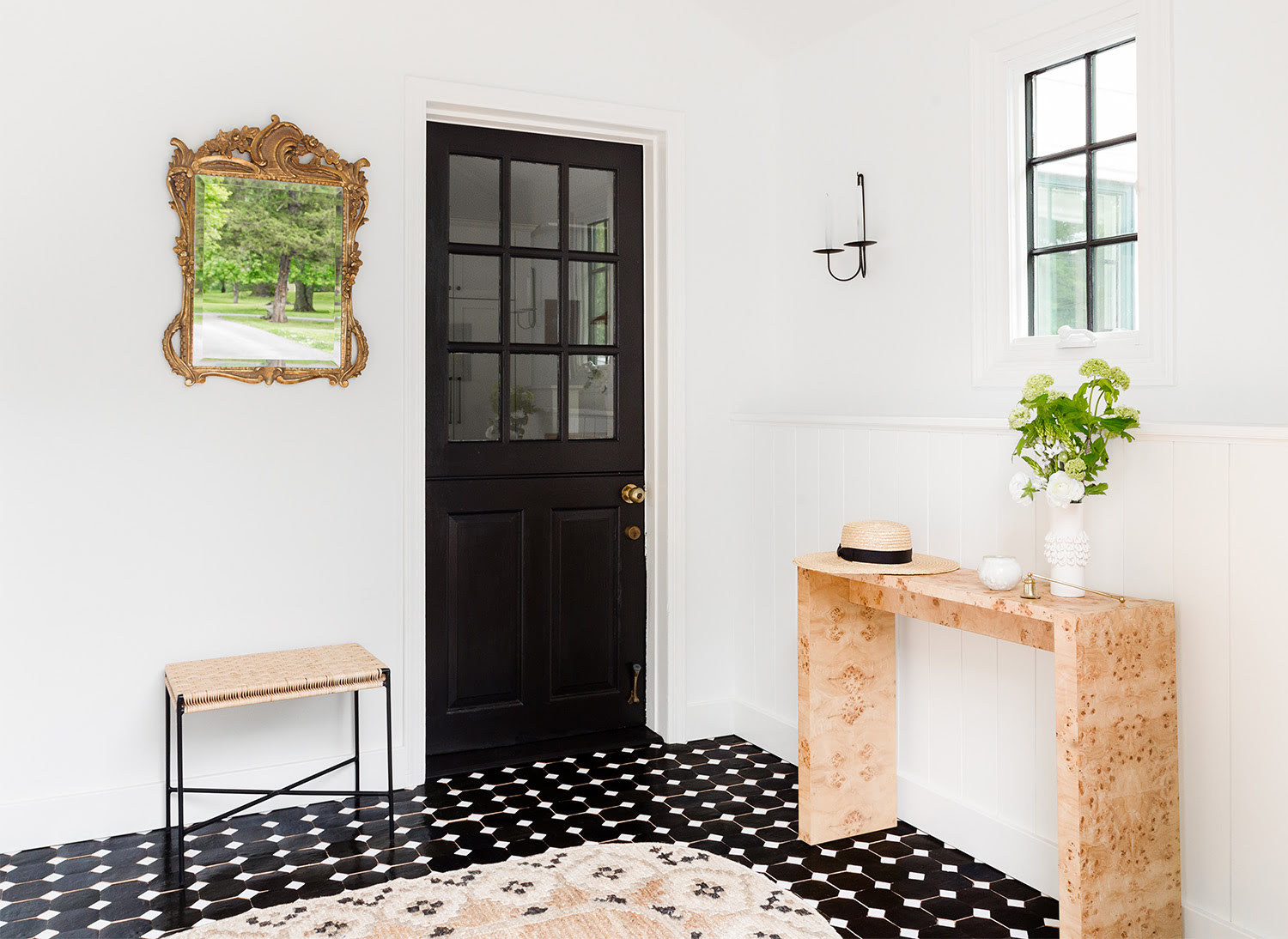


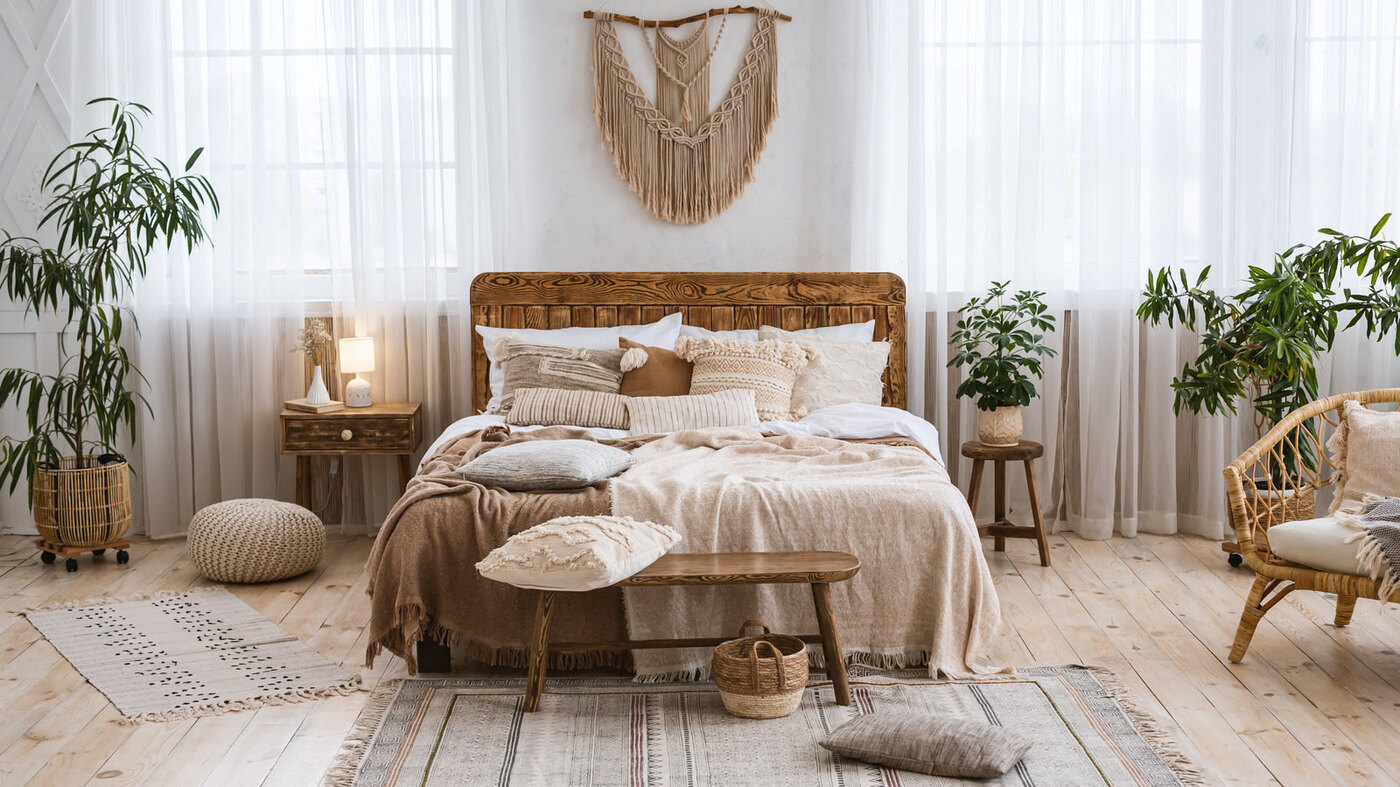
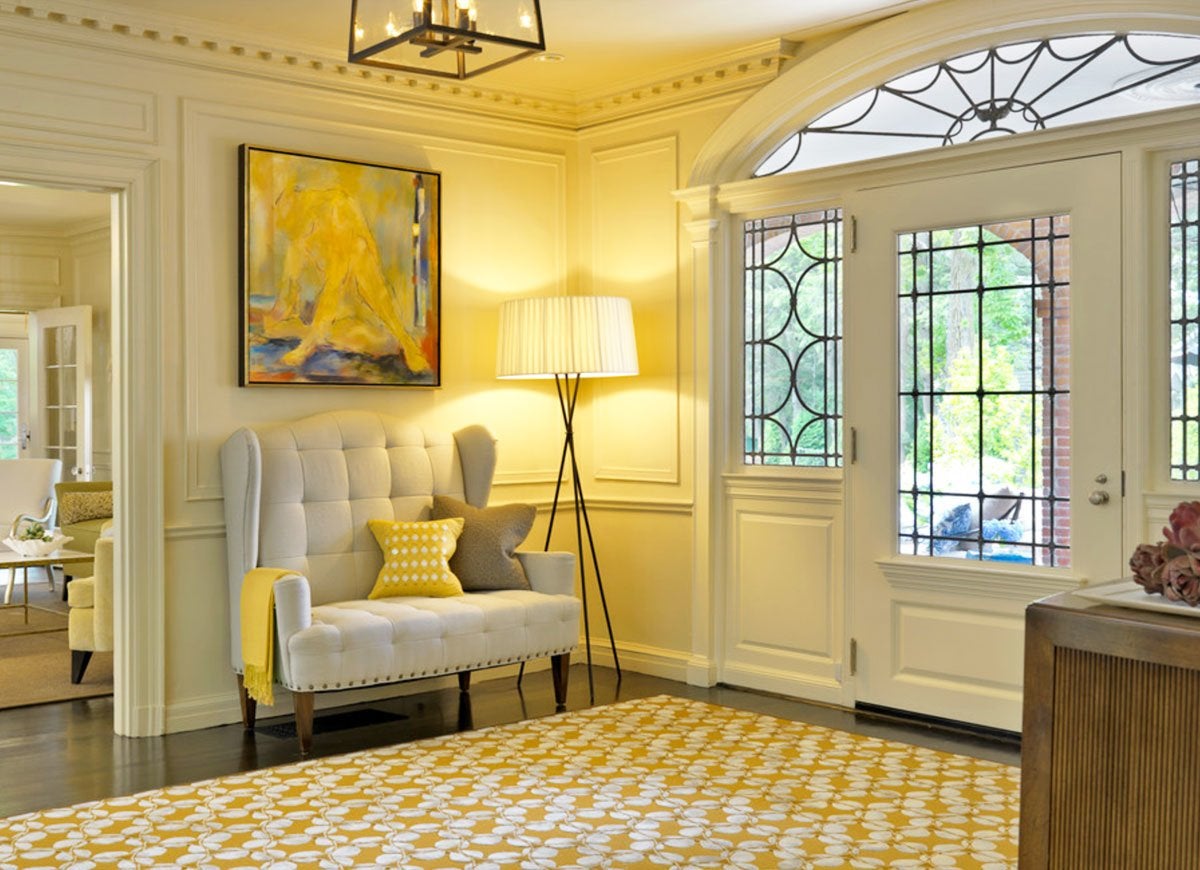

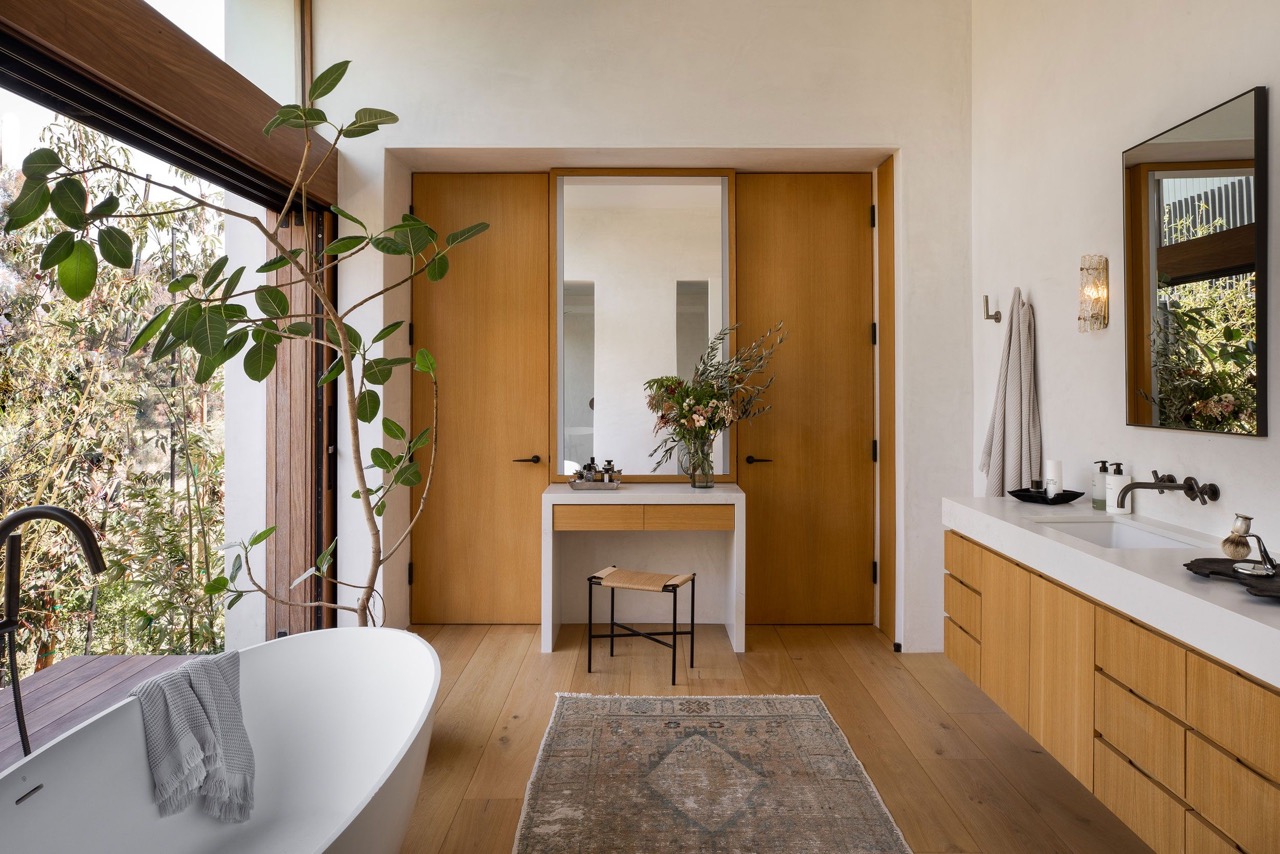

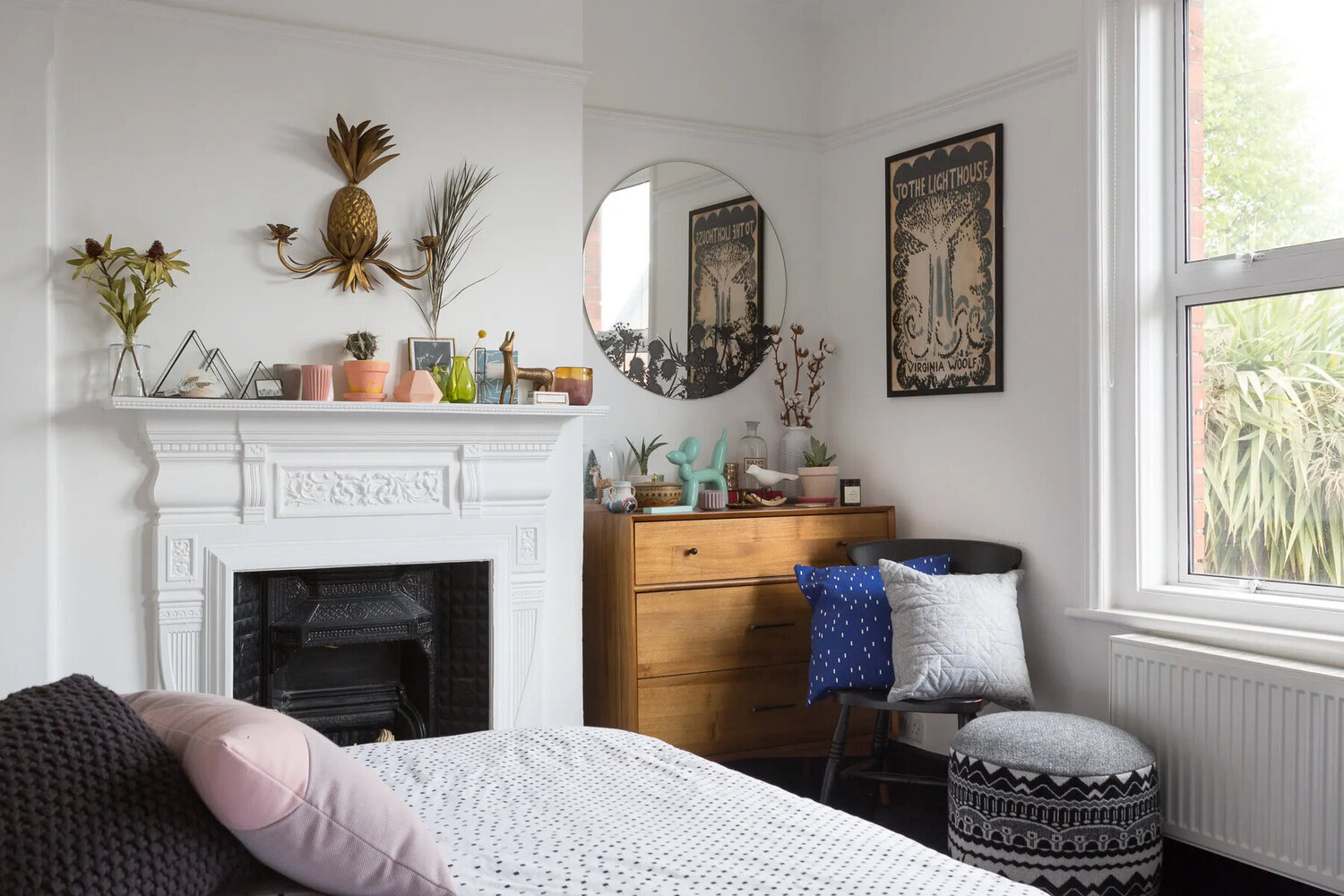

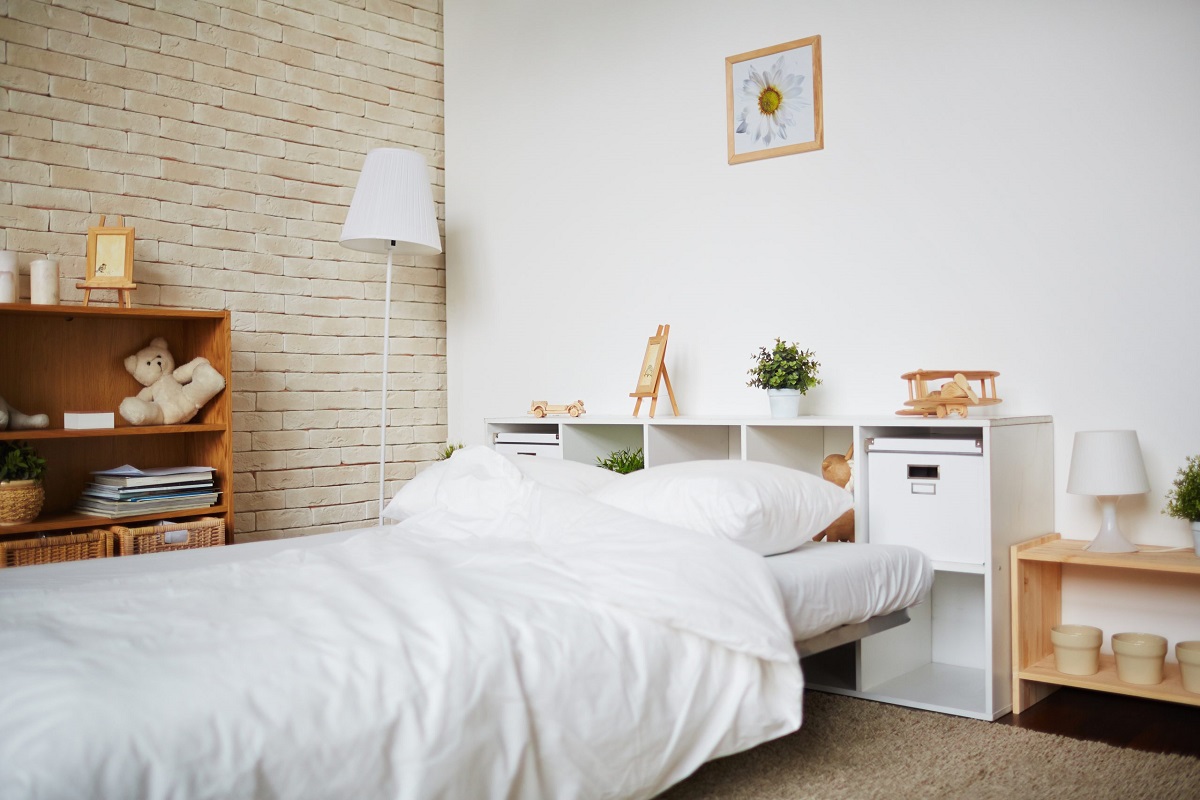

0 thoughts on “Bedroom Layout Mistakes: 9 Errors Experts Warn Against”